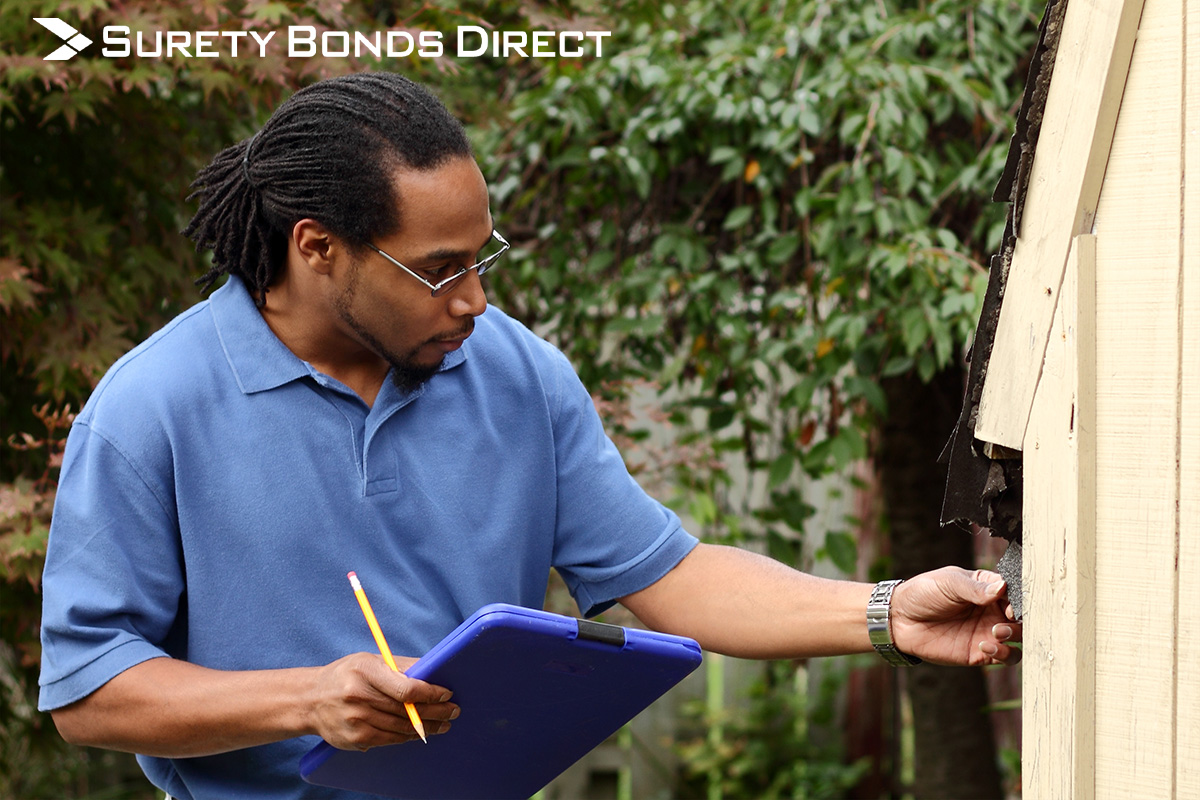When business inventory is damaged, understanding the complexities of insurance policies and navigating the claims process can be daunting. A public adjuster for business inventory damage serves as a valuable advocate, guiding business owners through the assessment, negotiation, and settlement process to ensure fair compensation.
Public adjusters possess specialized expertise in assessing inventory damage, determining its value, and negotiating with insurance companies. They provide peace of mind and help businesses recover their financial losses.
Public Adjuster Expertise and Qualifications
When faced with business inventory damage, partnering with a reputable public adjuster can significantly impact your claim settlement. Public adjusters possess specialized knowledge and expertise in assessing and negotiating insurance claims on behalf of policyholders.
To become a reputable public adjuster, individuals must meet specific qualifications and undergo rigorous training. They typically hold state licenses and certifications, demonstrating their proficiency in insurance policy interpretation, damage assessment techniques, and negotiation strategies.
Experience and Training
- Experience in the insurance industry, particularly in property damage assessment.
- Understanding of insurance policies, coverage, and exclusions.
- Expertise in estimating and documenting damages.
li>Skilled in negotiating with insurance companies to maximize claim settlements.
Certifications and Professional Organizations
Certifications and membership in professional organizations enhance the credibility and expertise of public adjusters. Notable certifications include:
- Associate in Claims (AIC) from the National Association of Public Insurance Adjusters (NAPIA).
- Certified Public Adjuster (CPA) from the American Association of Public Insurance Adjusters (AAPIA).
- Member of the National Association of Independent Insurance Adjusters (NAIIA).
Inventory Damage Assessment Process

Assessing business inventory damage involves a systematic process conducted by public adjusters to determine the extent and value of the loss. This process ensures that businesses receive fair and accurate compensation for their damaged inventory.
Steps in Assessing Inventory Damage, Public adjuster for business inventory damage
- Initial Inspection: The public adjuster visits the business premises to inspect the damaged inventory and gather preliminary information.
- Documentation and Inventory: A detailed inventory is created, including descriptions, quantities, and estimated values of the damaged items.
- Cause of Loss Determination: The adjuster investigates the cause of the damage, considering factors such as fire, water, theft, or other perils.
- Valuation of Inventory: The adjuster determines the value of the damaged inventory using various methods, such as replacement cost, actual cash value, or market value.
- Negotiation and Settlement: The adjuster negotiates with the insurance company on behalf of the business to reach a fair settlement for the damaged inventory.
Determining the Value of Damaged Inventory
Public adjusters employ several methods to determine the value of damaged inventory:
- Replacement Cost: The cost of replacing the damaged inventory with new items of similar quality and condition.
- Actual Cash Value: The current market value of the damaged inventory, considering depreciation and wear and tear.
- Market Value: The price at which the damaged inventory could be sold in the current market.
Documentation and Evidence for Assessment
A comprehensive inventory damage assessment requires thorough documentation and evidence:
- Inventory Records: Purchase orders, invoices, and other records that establish the quantity and value of the damaged inventory.
- Photographs and Videos: Visual documentation of the damaged inventory, including close-ups and wide-angle shots.
- Expert Reports: Assessments by qualified experts, such as appraisers or engineers, to determine the cause and extent of the damage.
Insurance Policy Coverage and Exclusions
When dealing with business inventory damage, understanding the coverage and exclusions of your insurance policy is crucial. Different types of policies offer varying levels of protection, and knowing the specifics can significantly impact your claim’s outcome.
Common insurance policies that cover business inventory damage include:
- Property Insurance
- Business Owner’s Policy (BOP)
- Inland Marine Insurance
Each policy has its own set of exclusions and limitations. Some common exclusions include:
- Damage caused by wear and tear
- Damage caused by pests or rodents
- Damage caused by earthquakes or floods
It’s essential to carefully review your policy’s terms and conditions before filing a claim. This will help you understand what is covered, what is excluded, and what steps you need to take to maximize your recovery.
Claim Negotiation and Settlement
The negotiation process between a public adjuster and an insurance company is crucial in determining the final settlement amount for business inventory damage. It involves discussions, documentation, and a thorough understanding of the insurance policy and applicable laws.
Factors influencing the settlement amount include the extent of damage, the policy coverage limits, depreciation, and the negotiation skills of the public adjuster.
Strategies for Maximizing Settlement
- Gather comprehensive documentation of the damage, including photographs, invoices, and estimates.
- Negotiate from a position of knowledge and understanding of the policy coverage and applicable laws.
- Be prepared to provide detailed explanations and justifications for the claimed amount.
- Consider hiring an attorney if the negotiations reach an impasse or if the settlement offer is significantly lower than expected.
Strategies for Minimizing Disputes
- Maintain open communication with the insurance company throughout the process.
- Document all interactions and agreements in writing.
- Be willing to compromise and negotiate in good faith.
- Seek mediation or arbitration if necessary to resolve disputes amicably.
Best Practices for Business Owners

To safeguard your business against inventory damage and ensure a smooth recovery, consider the following best practices:
Maintaining meticulous inventory records is crucial for verifying the extent of damage and expediting the claims process. Employ inventory management software or implement manual systems to track stock levels, values, and locations.
Working with a Public Adjuster
In the unfortunate event of inventory damage, collaborating with a public adjuster can provide significant benefits. Public adjusters possess expertise in insurance policies, damage assessment, and negotiation, maximizing your claim settlement and minimizing potential disputes.
Last Recap

By leveraging the services of a reputable public adjuster, business owners can maximize their insurance recovery, minimize disputes, and ensure a smooth claims settlement process. Remember, preparing for potential inventory damage, maintaining accurate records, and seeking professional guidance are crucial steps towards protecting your business’s financial well-being.
FAQ Corner: Public Adjuster For Business Inventory Damage
What is the role of a public adjuster?
A public adjuster represents the policyholder in assessing and negotiating insurance claims, ensuring fair compensation for damaged business inventory.
How do I choose a reputable public adjuster?
Look for adjusters with experience in handling business inventory damage claims, industry certifications, and positive references.
What documentation is required for an inventory damage assessment?
Provide detailed inventory records, purchase orders, invoices, and any other documentation that supports the value of the damaged inventory.